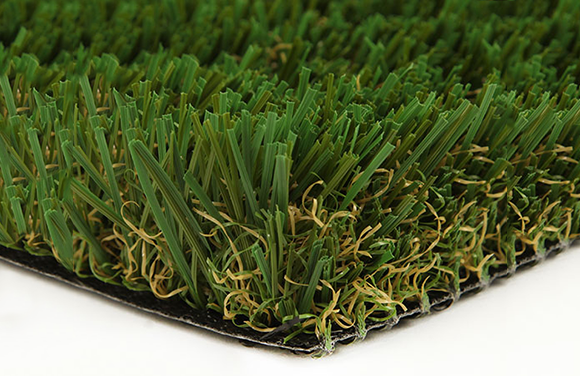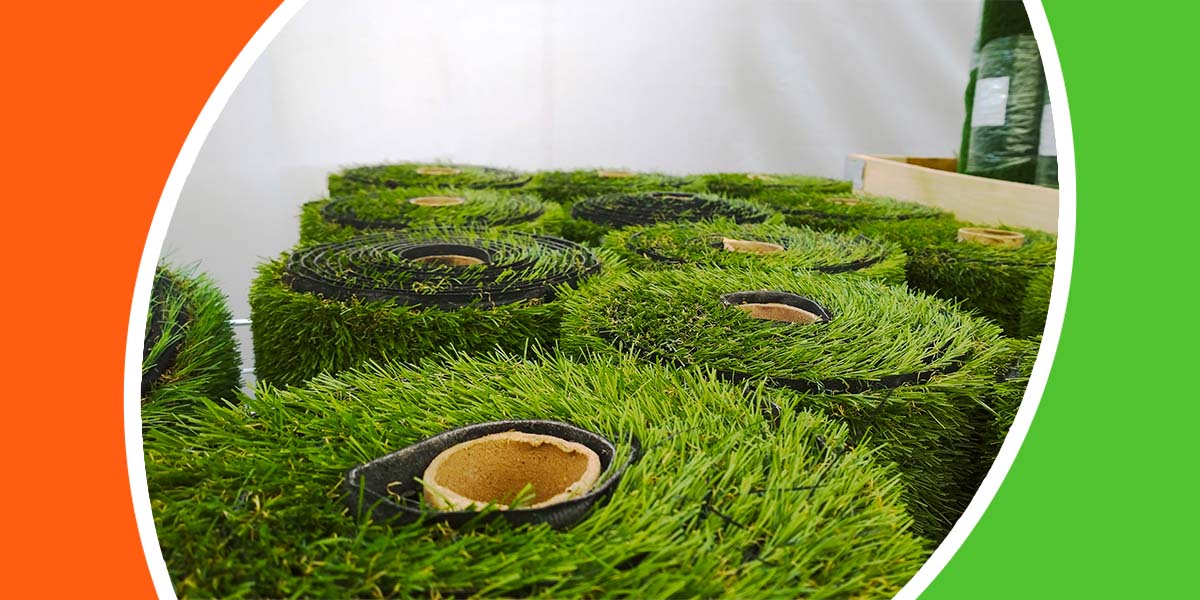Find Reputable Artificial Turf Companies Phoenix for Your Landscaping Needs
Find Reputable Artificial Turf Companies Phoenix for Your Landscaping Needs
Blog Article
Explore the Environmental Perks of Opting for Artificial Lawn Solutions
The adoption of synthetic grass options presents a compelling possibility to resolve pushing ecological challenges. By considerably minimizing water usage and reducing the application of dangerous chemicals, these alternatives not only advertise lasting landscape design however additionally secure regional ecological communities.
Water Preservation Advantages
One of the most significant benefits of synthetic turf is its capability to conserve water. Typical turf yards call for considerable watering, specifically in locations vulnerable to dry spell or water limitations. In contrast, man-made lawn does not require watering, considerably reducing the overall need for water sources. This function is specifically beneficial in deserts where water scarcity is a pressing concern.
By getting rid of the requirement for routine watering, synthetic grass adds to lasting landscape techniques and helps alleviate the environmental impact of excessive water intake. Furthermore, the conservation of water encompasses the reduction of runoff, which can bring about dirt disintegration and river contamination.
In addition, the setup of synthetic grass permits communities and property owners to allot water resources extra successfully, concentrating on important usages such as drinking water and farming. The shift in the direction of synthetic grass not just promotes responsible water usage but likewise aligns with more comprehensive ecological objectives intended at preserving natural deposits.
As areas progressively prioritize sustainability, the water preservation advantages of artificial grass offer an engaging situation for its adoption in industrial and domestic landscape design jobs.
Lowered Chemical Use
The change to synthetic grass substantially lowers the dependence on chemical therapies commonly made use of in all-natural yard upkeep. Standard lawn monitoring generally involves the application of plant foods, herbicides, and chemicals to advertise development and control bugs. These chemicals can position risks to human health, local wild animals, and the setting, adding to dirt and water contamination.
In contrast, synthetic grass removes the demand for these dangerous materials. As soon as mounted, it needs marginal maintenance, mainly including regular cleaning and seldom infill replenishment. This decrease in chemical usage not only profits the instant atmosphere but also adds to wider environmental stability. By reducing the release of synthetic substances into the ecosystem, artificial grass promotes healthier soil and water systems.
Furthermore, the lack of chemical drainage connected with man-made lawn setups aids safeguard local rivers from contamination, supporting water life and maintaining biodiversity. Arizona artificial turf. As neighborhoods significantly prioritize lasting methods, going with fabricated turf presents a sensible option that aligns with environmental conservation goals. With this shift, building proprietors can appreciate lavish eco-friendly spaces without jeopardizing environmental wellness, leading the way for an extra sustainable future
Reduced Carbon Footprint

Additionally, the installment of fabricated lawn can lead to significant water preservation. Natural yards require considerable quantities of water for irrigation, which not only adds to the carbon impact related to water removal and treatment yet additionally pressures neighborhood water sources. In comparison, fabricated turf needs minimal maintenance, requiring no watering, consequently significantly minimizing water usage and its associated power prices.
Furthermore, the longevity of man-made grass adds to its reduced carbon impact. With a life expectancy of up to 15 years or even more, the need for constant substitutes is reduced, causing much less waste and lower energy consumption in production and disposing of typical grass options. Generally, synthetic grass provides a sustainable alternative for ecologically mindful landscaping.
Environment Preservation
Environment conservation is an essential consideration in the dispute over landscape design choices, specifically when contrasting synthetic grass to all-natural grass. Natural lawn yards usually call for considerable maintenance, including using plant foods, chemicals, and herbicides, which can adversely impact local communities. These chemicals can leach right into the dirt and rivers, hurting native vegetation and fauna and interfering with neighborhood habitats.
In contrast, synthetic grass offers a chance to minimize the ecological impact of landscape design. By going with artificial turf, home owners can reduce the interruption of all-natural habitats associated with standard grass care practices. Synthetic grass removes the demand for dangerous chemicals, thereby shielding neighboring wildlife and keeping the integrity of surrounding communities. Additionally, the setup of synthetic lawn can lead to the conversion of previous grass areas into even more biodiverse landscapes, such as pollinator yards or native plant areas, which can support regional wild animals.
Eventually, the transition to man-made grass not just preserves water and decreases upkeep efforts but likewise fosters a much more harmonious connection between human activities and the native environment, promoting environment conservation at the same time.
Long-Term Sustainability
Lasting sustainability is a vital consider assessing the advantages of synthetic grass over standard lawn check my source lawns. Among the most significant advantages of fabricated lawn is its longevity; it can last as much as 15-20 years with marginal maintenance, whereas natural grass needs regular reseeding and substitute. This longevity decreases the demand for continuous resources, such as water, fertilizers, and chemicals, which are vital for keeping a healthy and balanced yard lawn.
Additionally, fabricated grass adds to a decrease in carbon emissions connected with grass care equipment. Standard lawns commonly need gas-powered lawn mowers, leaners, and blowers, all of which add to air contamination. Arizona turf. On the other hand, synthetic grass gets rid of the requirement for such tools, advertising a cleaner atmosphere
In addition, the manufacturing of artificial turf progressively makes use of recycled products, enhancing its sustainability account. As manufacturers adopt environmentally friendly techniques, the ecological impact of artificial turf proceeds to diminish.

Conclusion
The adoption of synthetic grass remedies provides substantial environmental benefits, consisting of substantial water preservation, reduced reliance on damaging chemicals, and a lower carbon footprint. Artificial grass aids in maintaining all-natural environments by decreasing land disturbance and promoting long-term sustainability with the use of sturdy products. Collectively, these factors emphasize the possibility of synthetic grass to contribute positively to environmental health and wellness and offer a viable alternative to standard landscaping practices in a significantly resource-conscious world.
In contrast, fabricated grass does not require watering, substantially lowering the total need for water resources. By lessening the release of synthetic substances into the community, artificial turf advertises healthier dirt and water systems.
Additionally, the setup of artificial turf can result in significant water conservation. In comparison, man-made turf requires marginal maintenance, requiring no watering, therefore considerably minimizing water usage and its associated power expenses.

Report this page